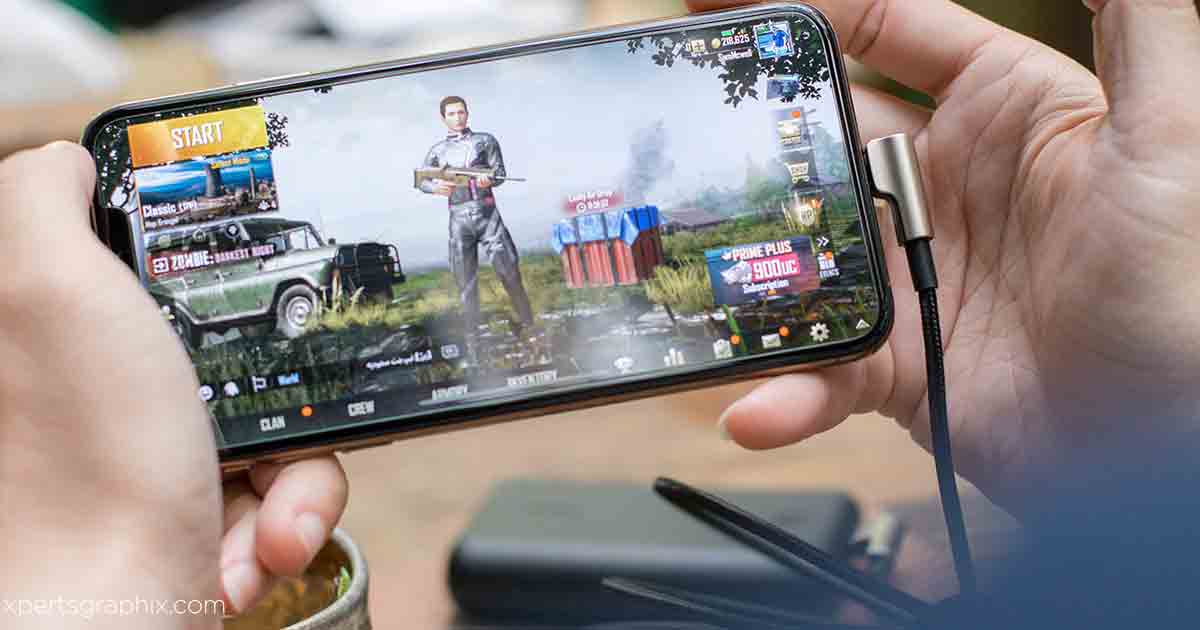Game design principles

Game design principles for mobile games
Game design principles
Mobile gaming has become an essential part of our daily lives in today’s digital era.
Aspiring game designers must adapt to the unique demands of this thriving industry.
This article will delve into the essential game design principles tailored to mobile games. Providing valuable insights to help you create engaging and successful gaming experiences.

Simplify, Simplify, Simplify: Embrace minimalism
The smaller screens of mobile devices demand a minimalist approach to design.
Keep the user interface (UI) clean, with easy-to-understand icons and a few on-screen elements.
Remember, less is more in mobile gaming.
Tap into Touch: Design for Intuitive Controls
With mobile games, touch is the primary method of interaction.
Ensure your game has intuitive touch controls with large buttons, swipe gestures, and easy-to-press areas.
Ensure that one hand can perform crucial in-game actions.
Hook ‘Em Fast: Engage Users with a Compelling First Impression
First impressions matter, especially in mobile gaming.
Capture your audience’s attention within the first few minutes of gameplay by introducing a captivating storyline. Striking visuals, and intriguing game mechanics.
A strong opening will keep players coming back for more.
Short and Sweet: Focus on Bite-Sized Gaming Sessions
Mobile gamers often play during brief breaks or while multitasking.
Design your game with this in mind, offering quick, satisfying gameplay sessions to be picked up and put down.
Aim to create levels or challenges that can be completed in a few minutes. Allowing for a sense of achievement in a short amount of time.
The Social Connection: Encourage Player Interaction
Incorporate social features such as leaderboards, in-game chat, and multiplayer modes to foster community within your game.
Gamers are more likely to continue playing if they can connect with others, compete, and share their achievements.
Reward the Grind: Implement Progression and Incentives
Keep players engaged by providing a sense of progression and accomplishment.
Offer rewards for completing tasks or reaching milestones, such as in-game currency, unlockable content, or additional levels.
A well-balanced reward system will encourage players to invest time and effort into your game.
Adapt and Overcome: Optimize for Various Devices
Optimizing your game for various hardware and screen sizes is crucial because not all mobile devices are equal.
Ensure your game runs and looks great on high-end and budget devices, making it accessible to a broader audience.
Listen to the Crowd: Gather Feedback and Iterate
refine and improve your game based on user feedback.
Regular updates, bug fixes, and new content will keep players interested and show your commitment to providing an enjoyable gaming experience.
By incorporating these game design principles. You’ll be well on creating a mobile game that hooks players and keeps them engaged.
Remember, success in the mobile gaming world comes from understanding your audience and crafting a gaming experience that meets their unique needs and desires.
Conclusion
As the mobile gaming industry expands. Understanding and implementing these game design principles is crucial for creating games that captivate and keep players.
By embracing minimalism. Designing intuitive touch controls, making a strong first impression, focusing on bite-sized sessions, encouraging social interaction, offering progression and incentives, optimizing for various devices, and gathering user feedback. You’ll be able to craft a mobile gaming experience that stands out in a competitive market.
The key to success lies in adapting and refining your game, ensuring it remains fresh, engaging, and enjoyable for players worldwide.
FAQ’s
Q: What is the primary focus of mobile game design?
A: The primary focus of the mobile game design is to create engaging and accessible experiences tailored to the unique demands of mobile devices and their users.
Q: Why is minimalism important in mobile game design?
A: Minimalism is important because of the smaller screens of mobile devices. Which requires a simple user interface with easy-to-understand icons and a few on-screen elements.
Q: How should controls be designed for mobile games?
A: Controls should be designed with intuitive touch controls, including large buttons, swipe gestures, and easy-to-press areas that can be operated with just one hand.
Q: What kind of gaming sessions should mobile games focus on?
A: Mobile games should focus on short, bite-sized gaming sessions that can be picked up and put down, allowing players to enjoy a sense of achievement.
Q: How can social features enhance a mobile game?
A: Social features such as leaderboards, in-game chat, and multiplayer modes can foster community, encourage competition, and increase player retention.
Q: Why is it important to provide a sense of progression and rewards in mobile games?
A: A sense of progression and rewards helps to keep players engaged and motivated, encouraging them to invest time and effort into the game.
Q: How should mobile games be optimized for different devices?
A: Mobile games should be optimized for various hardware and screen sizes. Ensuring smooth performance and appealing visuals on high-end and budget devices.
Q: Why is gathering user feedback and iterating important in mobile game design?
A: Gathering user feedback and iterating helps to refine and improve the game, maintain player interest, and show commitment to providing an enjoyable gaming experience.




